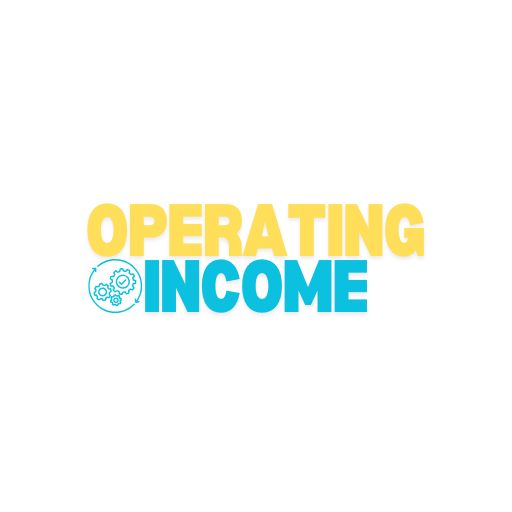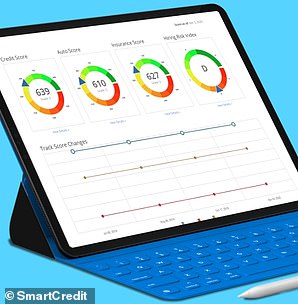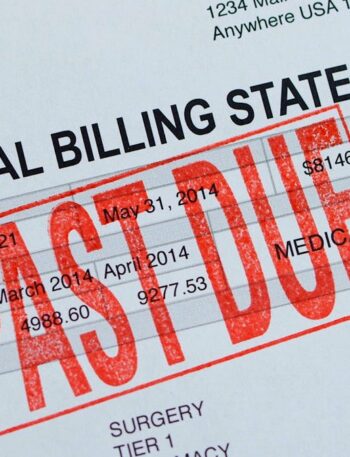Your credit score is a snapshot of how you manage your credit accounts, such as whether you pay your bills on time. This three-digit score may not seem like a big deal on a regular basis, but it can significantly impact your ability to get a car loan or mortgage. I found out how important it was when I went through the home-buying process.
Five years ago, I started restoring my credit while my wife and I were saving to buy a house. Like all potential homebuyers, we were hoping for a low interest rate on our mortgage, a factor that’s significantly influenced by your credit score. My wife’s credit was in the 800s, which is considered exceptional, while mine was stuck in the mid-600s from years of late student loan payments and credit card mistakes.
I didn’t want my score to hinder future financial decisions, especially when we were working so hard to move. So I decided to learn more about my credit score and how I could improve it. It took a few years and a lot of dedication, but I eventually increased my credit score by 130 points. Here’s how I did it.
1. I set my credit score goal
I knew my credit score could be improved, but I wasn’t sure of the best way to get started. So I learned how your credit score is calculated and what this number actually means.
Your credit score is based on the following five criteria:
- 35%: Your payment history
- 30%: Amounts owed or debt you have
- 15%: The length of your credit history
- 10%: Any new credit you have
- 10%: The mix of your credit accounts
You actually have several credit scores that vary based on different credit bureaus. There are three main credit bureaus in the US — Experian, TransUnion and Equifax — each with slightly different criteria for reporting payments, new debt and inquiries. To make it a little more complicated, there are also different credit scoring models. The two primary ones are FICO and VantageScore. Most lenders use FICO, but VantageScore is becoming more popular.
For example, FICO organizes its credit scores into five ranges:
- Exceptional: 800 – 850
- Very good: 740 – 799
- Good: 670 – 739
- Fair: 580 – 669
- Poor: 300 – 579
If your score falls into the fair or poor ranges, banks might be reluctant to lend money to you. If they do, you likely will receive a higher interest rate, which will cost you more over the lifetime of your loan.
My credit score was 659, which fell into the “fair” range. Although it wasn’t the lowest band, I knew lenders might still consider me a risky borrower. My goal was to at least reach the “good” range in time to buy a house, which seemed possible to do quickly since I was so close.
You can get a free copy of your credit report each week from all three credit bureaus at AnnualCreditReport.com. You can check in on your score with each credit bureau. Some credit cards let you view your credit score and profile. You can also use a credit monitoring service to keep tabs on your credit.
2. I prioritized paying my bills on time
Late payments wrecked my credit score for years. This wasn’t shocking once I learned that your payment history impacts 35% of your credit score.
To get on the right track of on-time payments and improve my credit, I budgeted for my bills to avoid spending that money instead. To stay on track, I set up automatic payments to avoid missing a bill. You may also set calendar reminders to remind yourself of the withdrawal from your account.
My score significantly improved after a few months of making on-time payments for my student loans, car loan and credit cards. I also kept up the on-time payments over the years. It definitely isn’t an overnight fix, but this habit can help your credit in the long term. Plus, paying your debt on time can save you some money in interest and late fees.
3. I paid off my car and student loans
How much debt you carry impacts 30% of your credit score.Before our mortgage, the two amounts impacting this section of my score the most were my outstanding student and auto loan balances. I made an aggressive plan to pay off my loans in full early to help boost my score. Once my wife and I were able to pay these off in full, I saw my score increase because I paid both balances off and built up a good payment history while doing so.
You may not be able to pay your balances in full right away and that’s OK. Aiming to pay slightly more than the minimum can help you chip away at the outstanding balance faster. And each month that you make an on-time payment helps establish good credit usage habits that can also help your score.
When we bought our house and I took on my very first mortgage, I made sure to bring the same mindset to making those payments. I set up automatic payments and made sure there was no chance that I could harm the good payment history that I worked hard to get to.
When you pay off a loan, you could temporarily see a small dip in your credit score. That’s because having a mix of different credit accounts that you manage well — like credit cards, loans and a mortgage — accounts for 10% of your credit score. Don’t worry about a tiny dip when an account closes. Making on-time payments and paying off your balance will have larger long-term benefits on your score.
4. I treated my credit card like a debit card
Another way I recommend increasing your credit score is to pay off any revolving accounts, like credit cards, in full each month. Even paying more than the minimum each month will help raise your score by keeping your total amounts and credit utilization low, which means using a small percentage of the credit you have access to. Experts often recommend using 30% or less of your available credit.
That means if I charged $400 to my credit card, I paid $400 off by the due date. It’s simple once you get the hang of it, and it can keep you out of debt.
I didn’t do this perfectly. There were months when I wasn’t able to pay off my whole balance. In these cases, I aimed to at least pay a large amount or half the amount. Then I’d budget to pay it off over the next month or two.
Boosting your credit score takes time
It didn’t take me long to reach the “good” credit score range since my score was a few points away from the minimum. But it took nearly five years to raise my 659 credit score to 789. There’s not always a fast-track to improve your score. You just have to follow the same methodical steps every month.
Even then, the road to raising your credit score can be a bumpy one. Even though you may be taking the right steps to improve your score, other factors can impact your progress, like a hard inquiry after applying to rent an apartment. Or maybe your credit balance increased because of a bill you haven’t paid off yet. It’s normal for your score to fluctuate from month to month, so don’t panic every time you see a small decline.
As long as you keep up with your payments, don’t spend more than you have and regularly check in on your credit, you’ll be well on your way to reaching a near-perfect credit score.





